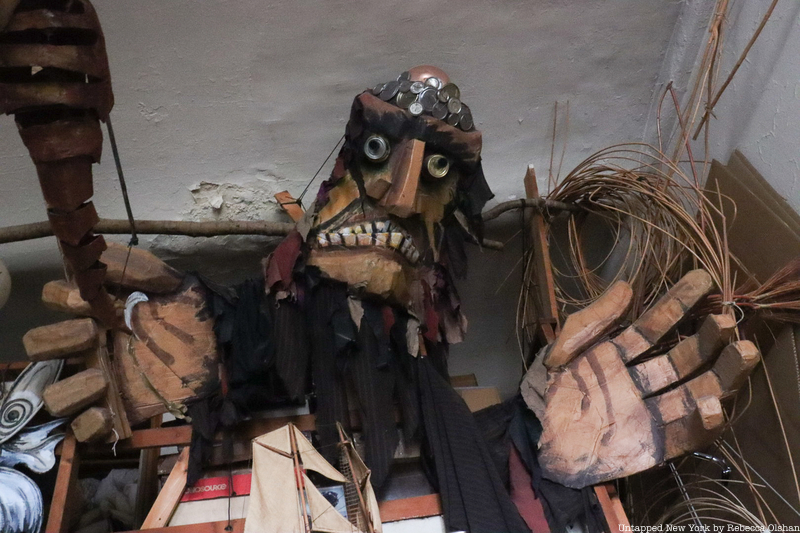Whether it be enchanting masks, mysterious figures, or charming puppets, artist and puppeteer Ralph Lee could make anything he touched to come to life. Known for hundreds of exhibits around the city and the greater New England area as well as being the creator of the Greenwich Village Halloween parade, Lee was a master of dreaming up awe-inspiring pieces of art. Ralph Lee passed away this May, but his colorful legacy will live on in New York City forever in the hearts of his massive creatures and all who saw his pieces. Untapped New York met with Lee’s wife Casey Compton at their apartment at Westbeth to hear more about the artist’s legacy.
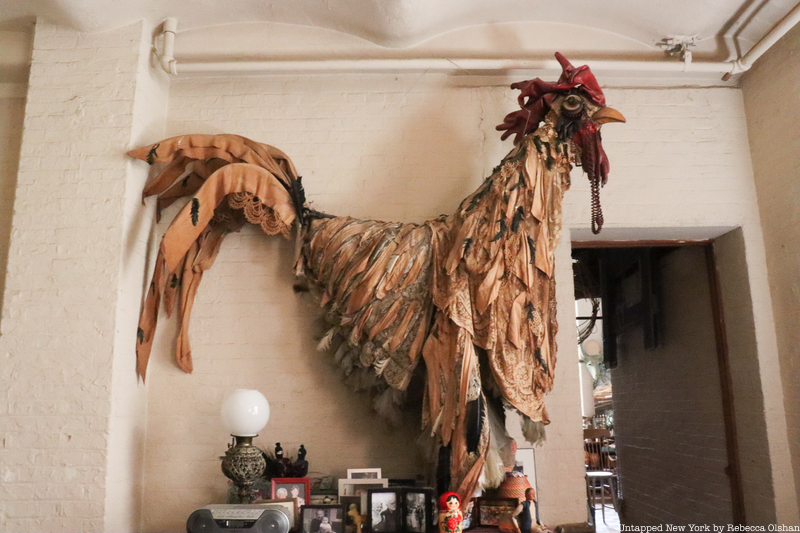
Lee was perhaps most well-known for creating the Village Halloween Parade. In 1973, he began transforming the streets of Greenwich Village into a bewitching wonderland. “Ralph said he just realized that something special happens when these creatures get to be outdoors, so they started cooking up a scheme for the first village Halloween parade that fall,” Lee’s wife says. Compton and Lee met in 1974 when Lee came to Bennington College (where Compton was a then-senior) to help teach. The two began working on projects together there, combining Compton’s skills in costuming with all of Lee’s various artistic styles. When Compton was moving to New York and heard Lee was beginning the parade, “one thing led to another,” as she puts it.
“It was unpredictable. It was an adventure, definitely,” Compton comments on those early days of the parade. “Nobody quite knew if it was actually going to work. It involved connecting with residents to get access to fire escapes and balconies and store stoops. It was this wonderful combination of energy, feeding from the environment as well as from the streets.”
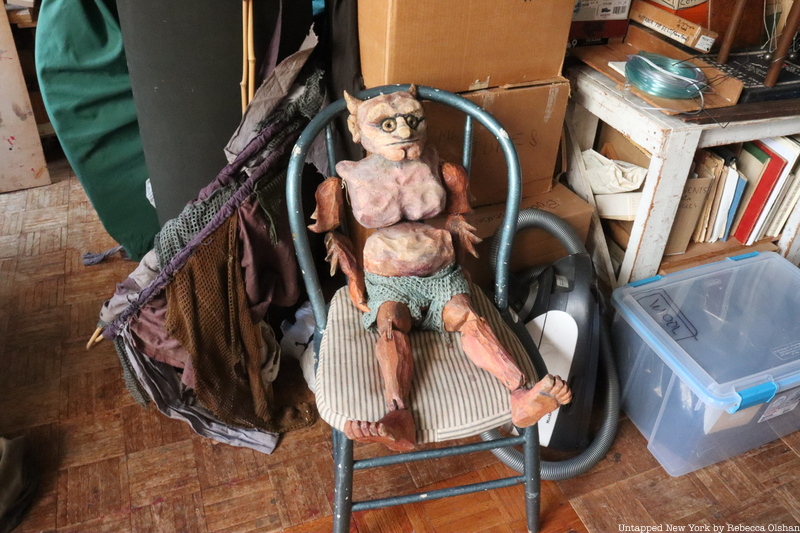
The parade was filled with Ralph’s own pieces, including giant skeletons and other startling figures. It was an event meant to celebrate those looking for a unique artistic experience and to be wholeheartedly themselves. “The wonderful thing with the parade was the fact that it’s always been and has continued to be an invitation for active participation. It welcomed people of all shapes, ages, and sizes,” Compton explains. Although Lee left the parade after continuing to run it for many years, he continued to show support when he had time away from his other projects. The parade changed over time, adding shows and streets to accommodate the growing number of participants. What meant the most to Lee, however, was that the parade continued to grow over the decades, and never failed to give those in search of a creative outlet a place to find what they had been looking for.
Ralph Lee was originally from Vermont, raised by two Middlebury College employees. His father was the Dean of Men, and his mother taught modern dance and performance. He grew up with an artistic childhood, making his first puppets when he was a kid. “It’s hard to say when it started,” Compton answers when asked about Lee’s passion for art. “It seems like it was just woven into his life pretty much from the get-go.”
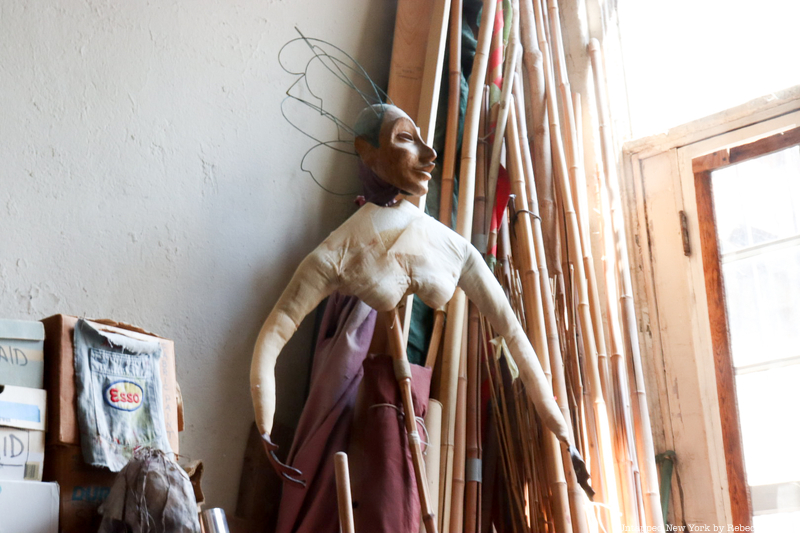
Lee had a Fulbright in Europe, where he studied things like dance and mime at the London Academy of Music and Dramatic Art. He came back to New York City in 1960 when he began working as both an actor and designer. “I think he got cast in some Broadway show. Just a small roll, but he was at a fitting at a costume shop and he saw that they were building stuff that he had been building like masks and puppets. He contacted the guy running the costume shop and said that he would be in touch because, with the life of a young actor in New York City, he knew he would have ups and downs with projects to work on.”
Compton adds, “he was new, they didn’t know this guy from a hole in the wall, so they had him build a sample. When they saw it they were like ‘Oh, okay, cool.’ From then, it really didn’t take long. People are always looking for designers that are a little off the beaten path and who can come in there and solve some costume conundrum. Surprise them in a good way, really.”
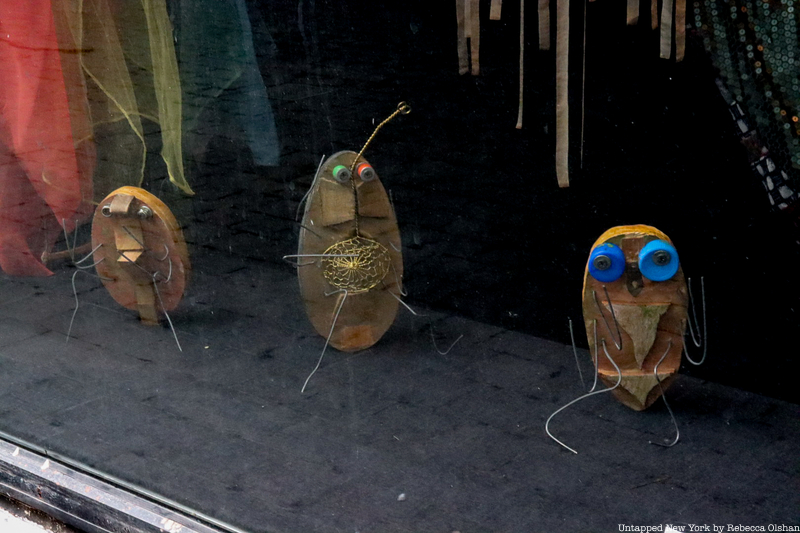
Since those early days, Lee has done many things. From working at New York University for a time to being commissioned for projects all over the city, the artist was never bored. Lee worked in many mediums with the goal of creating bizarre beautiful things. Some of his works have incorporated found objects, while others are far more simplistic. Many of them have been inspired by mythology and folklore as an adapted form of storytelling completely dreamt up by Lee. One of his more infamous creations was the Landshark puppet used in a Saturday Night Live skit by Chevy Chase. Lee had no idea that that shark would stick around on the show for as long as it did, but nonetheless, it is a uniquely bizarre piece of the artist’s legacy.
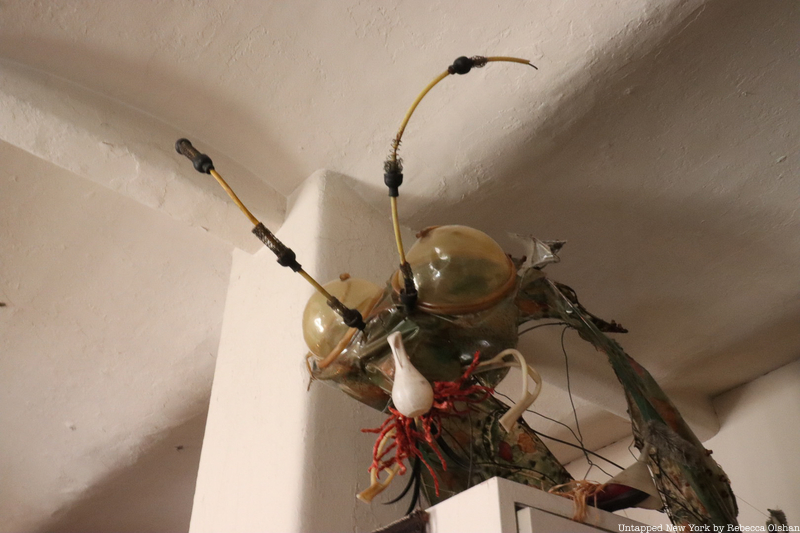
From floor to ceiling Lee and Compton’s apartment is covered in Lee’s work. Giant figures loom over guests from atop the wardrobe, masks adorn the walls, each different than the last. As Compton explains it, “It’s like having a big family, pretty much.” Lee’s workshop is located in a small room at the back of their apartment, where many of his creatures still reside. The pieces are from different periods in time, some recent, some from the eighties and nineties. Some are even from Lee’s childhood when he began honing his craft, like a Little Red Riding Hood puppet and a dangling skeleton whose leg has fallen off at some point.
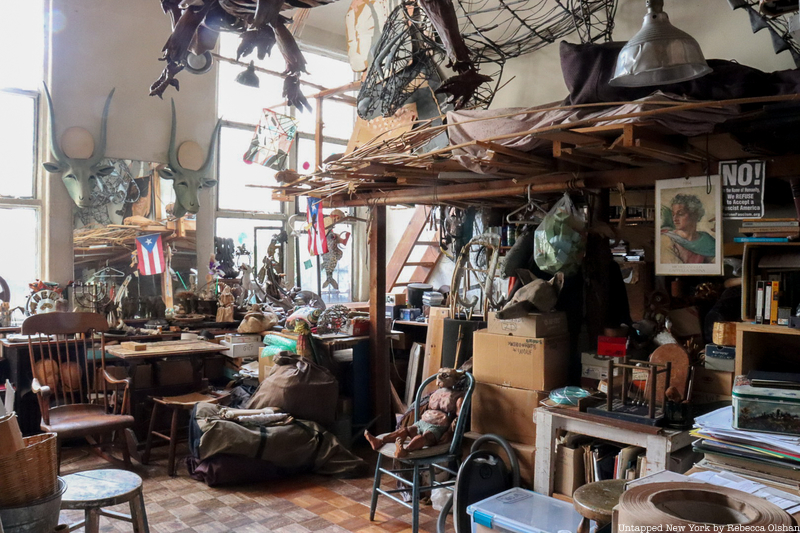
Lee and Compton have lived at Westbeth for many decades. It was where they raised their daughter, who actually grew up sleeping in a section of her father’s workshop. While many puppets and figures are still kept lovingly on display in the Westbeth apartment, there are simply too many to be kept there. “We have so many places where we store them. We have storage space on top of an old elevator shaft here at Westbeth, a storage space in Brooklyn, and a barn upstate. It’s spread all around, and we have these crazy lists of where stuff is stashed,” Compton recounts amusedly.
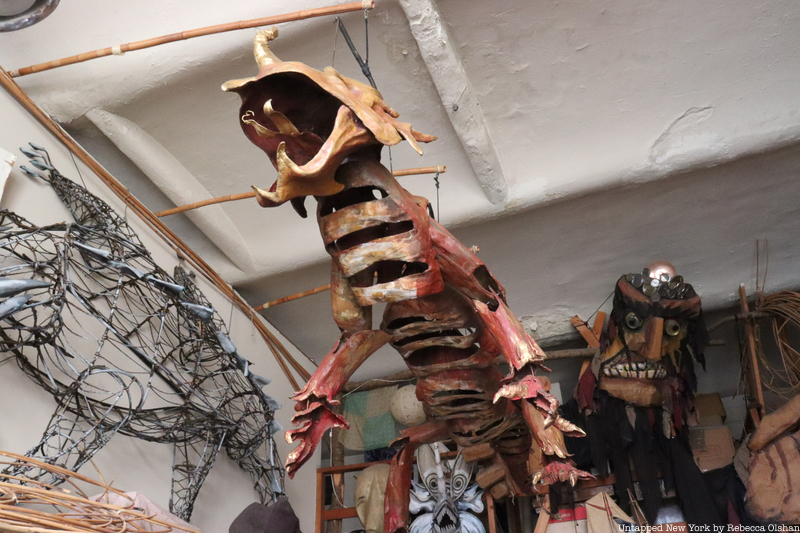
Since last Fall Lee had been working on an exhibition within the Clemente on Suffolk Street in the Lower East Side. A resident company there named Teatro Sea wanted to create an exhibit to honor Ralph Lee and his fascinating contributions to the International Puppet Fringe Festival which they put on every few years. When Lee passed away, there was no question of whether or not to follow through with the exhibit. Lee’s exhibit at the festival in August showcased a variety of Lee’s masks, giant figures, and puppets.
A small gallery show containing photographs from the beginnings of the annual Village Halloween Parade that Lee began was recently on display in a small case within the inner courtyard at Westbeth. This display contained a handful of Lee’s entrancing masks and puppets.
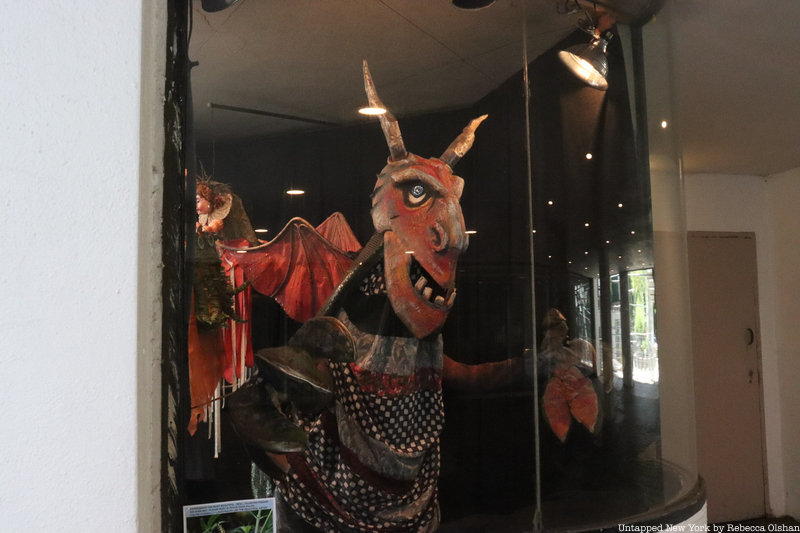
“There is sort of a list of ingredients that conjured up what was really extraordinary for Ralph. It could be a parade or procession, it could be theater or dance, it could be music. Either way, it was the coming together of the performer, the mask, the puppet, and the giant figure that was the most important element.” Compton says. “He was somebody who could see possibilities. Possibilities in materials, possibilities in people, possibilities in anything. He was the kind of person who sought out challenges that have an element of the impossible. It was a very special thing.”
Next, check out the secrets of Westbeth artist housing, or take a look at vintage photos from the 1993 Village Halloween Parade.






